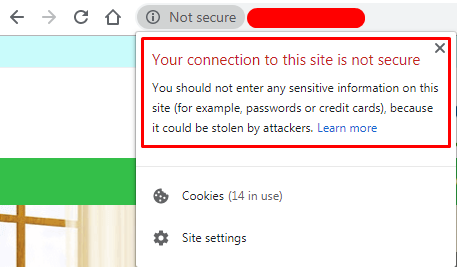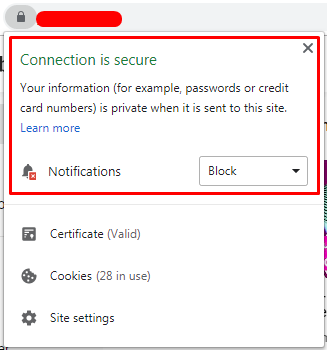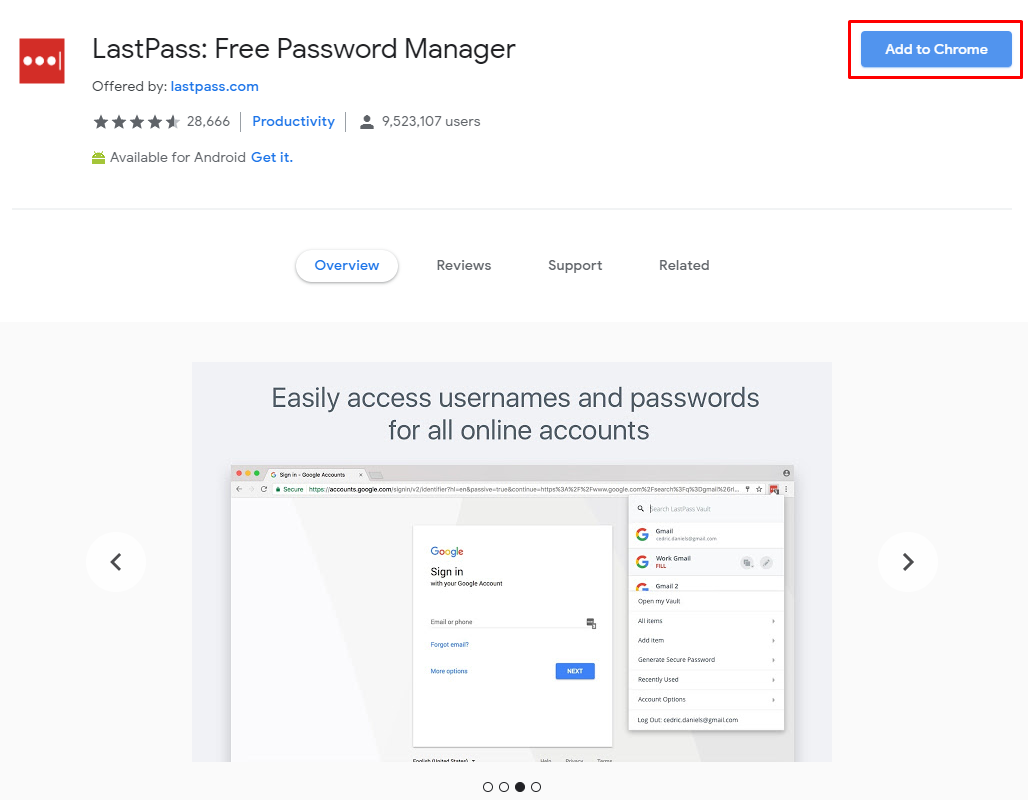Start Exploring Keyword Ideas
Use Serpstat to find the best keywords for your website
What is <input type = "password"> and how does this field threaten the user's security
Using <input type="password"> in data input forms on websites
On mobile devices, the entered character is usually shown for a second so that the user can verify that the text typed on a small virtual keyboard is correct.
In this field, you can add an identifier or a name:
<input id="Pass_of_user" type="password">
<input type="password" name="my_password">There are the following options of unprotected use of user data:
Protecting user data using HTTPS
Browsers display warnings about the insecure connection to inform users of a potential threat on websites using the HTTP protocol. In Google Chrome, there is a more forceful wording:

Resource insecurity warnings can also affect brand reputation. Given the aggregate evidence that the HTTPS protocol is a ranking factor and the impact of browser warnings on visitor behavior, experts unequivocally recommend switching to a secure protocol.
You must use an SSL certificate in order for the website not to have a message that scares potential customers; in that case, a browser message will inform you about the website's security:

Why is it important to ensure the safety of users' personal data on all websites
Hackers can attack a news portal, obtain passwords and logins, and then use them on other websites containing important financial information, for example, online banking services. Accordingly, ensuring the security of personal data depends not only on the competent actions of website developers but also on the users themselves.
There are certain rules for using passwords that will minimize the risk of identity theft. Some data protection guidelines apply to website owners, others apply to users.
Recommendations for administrators:
The password entered by a user must be checked for compliance with these requirements.
For example, if you type your password incorrectly three times, your account can be blocked for several minutes or longer. This will greatly complicate hacker attacks with password guessing.
Otherwise, there is a risk of being hacked by the automated password guessing (brute force) software.
- it is advisable to use meaningless combinations of letters and symbols that are not related to personal information;
- passwords for different websites should be different. If you cannot remember them, you can use password managers. However, in this case, you must carefully select a complex password for this tool.
You can install LastPass: Free Password Manager that allows storing passwords, addresses, and other data securely for auto-filling forms:

Conclusion
 " title = "What is input type = "password" and how does this field threaten the user's security 16261788343416" />
" title = "What is input type = "password" and how does this field threaten the user's security 16261788343416" /> | Run Site Audit |
Speed up your search marketing growth with Serpstat!
Keyword and backlink opportunities, competitors' online strategy, daily rankings and SEO-related issues.
A pack of tools for reducing your time on SEO tasks.
Discover More SEO Tools
Tools for Keywords
Keywords Research Tools – uncover untapped potential in your niche
Serpstat Features
SERP SEO Tool – the ultimate solution for website optimization
Keyword Difficulty Tool
Stay ahead of the competition and dominate your niche with our keywords difficulty tool
Check Page for SEO
On-page SEO checker – identify technical issues, optimize and drive more traffic to your website
Recommended posts
Cases, life hacks, researches, and useful articles
Don’t you have time to follow the news? No worries! Our editor will choose articles that will definitely help you with your work. Join our cozy community :)
By clicking the button, you agree to our privacy policy.
